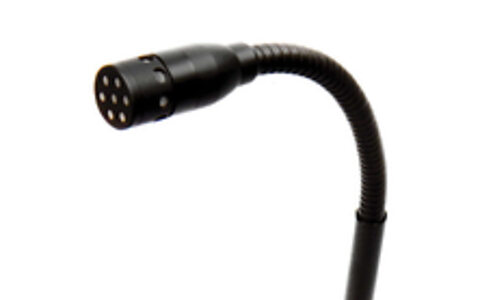
Arturia KeyLab Essential 88
Arturia's budget keyboard controller offers tremendous value for money with its combination of an 88-note synth-action keyboard and a handy software bundle that includes the latest version of Analog Lab.
To find the exact phrase, put the words in quotes or join them together with a plus sign e.g. live+recording or "live recording".
To find, say, all live recording articles that mention Avid, enter: live+recording +avid - and use sidebar filters to narrow down searches further.

Arturia's budget keyboard controller offers tremendous value for money with its combination of an 88-note synth-action keyboard and a handy software bundle that includes the latest version of Analog Lab.

Arturia's latest instrument is a software recreation of Oberheim's pinstriped polysynth.

Warmth is the name of the game for these three EQs, which boast modelled Marinair transformers and a range of different virtual vacuum tubes.

SampleX brings the sound of early digital samplers to your DAW.

The NiftyBundle offers an extremely affordable gateway into the world of modular synthesis.

Cubase Pro's Spectral Comparison EQ makes it easy to figure out why things sound too different or too similar!

We continue our exploration of DP's MasterWorks plug‑in suite.

Your DAW makes it easy to fake old-school doubling techniques, and gives you much more control than producers had in days gone by. We show you how...

There's rather more to FabFilter's redesigned multiband saturator than a slicker GUI.

G-Sonique's Technol HN1 offers bread-and-butter techno sounds in an easy to use format and at a bargain price.

An explosive Glastonbury performance and acclaimed second album have propelled Georgia Barnes into the mainstream.

SSL's famous listen-mic compressor just got more tweakable.

We all want our music-making tools to be intuitive. But what does that actually mean?

Mackie's first ever studio microphone proves to be an affordable all-rounder.

Continua is a three-oscillator, twin-filter analogue-style synthesizer plug‑in for Mac, Windows and iOS, and there's even an experimental Linux build too.

The USB12 is a cardioid condenser microphone that, as its name implies, connects to a computer via USB Type-B socket.

With algorithms ported from their H9 pedal system, MicroPitch is a dual pitch-shifter and a dual delay effect with modulation.

The AR1 is an algorithmic reverb supporting 64-bit VST and AU plug‑in formats on Mac and Windows.

Source Audio have managed to get the relationship between input envelope and filter response to feel very natural on this envelope-controlled filter.

Frank Zappa was as fastidious about cataloguing his recordings as he was about making them. The task of mixing this enormous archive falls to one man...